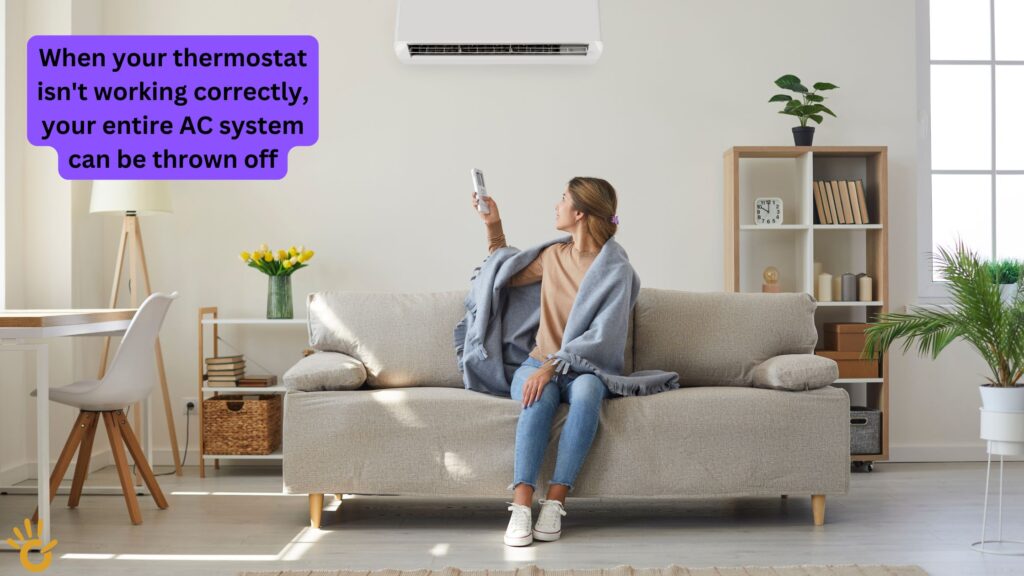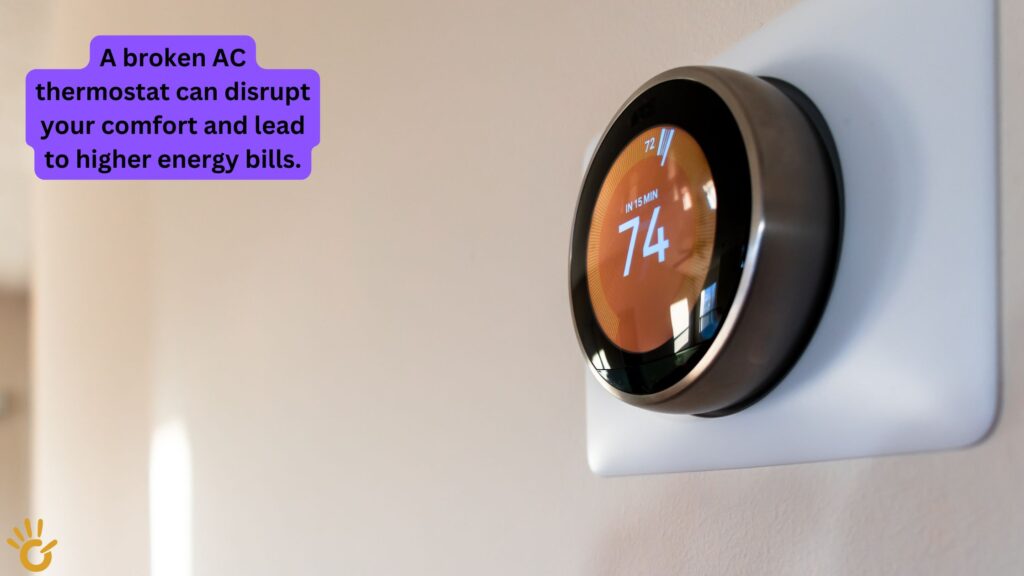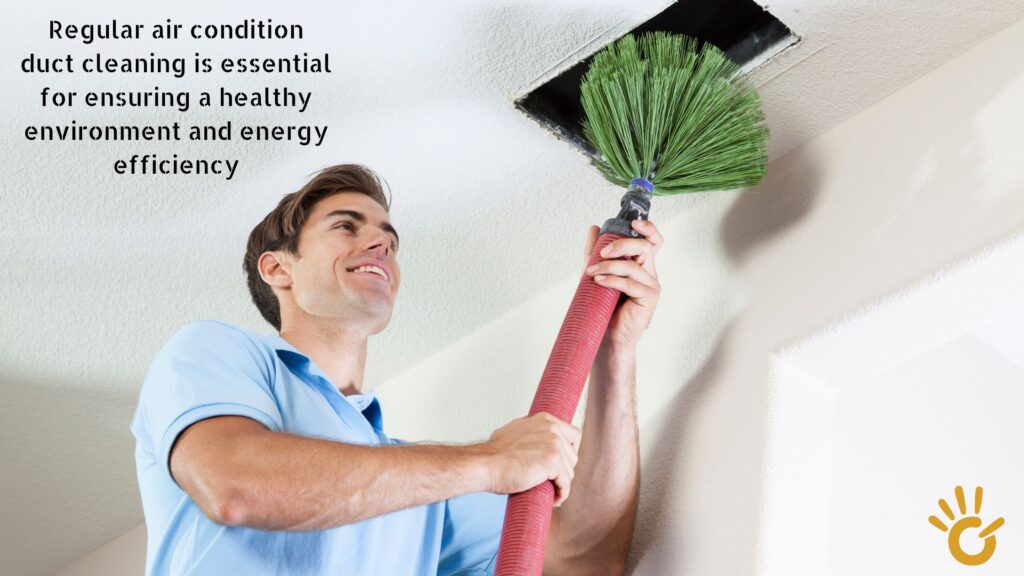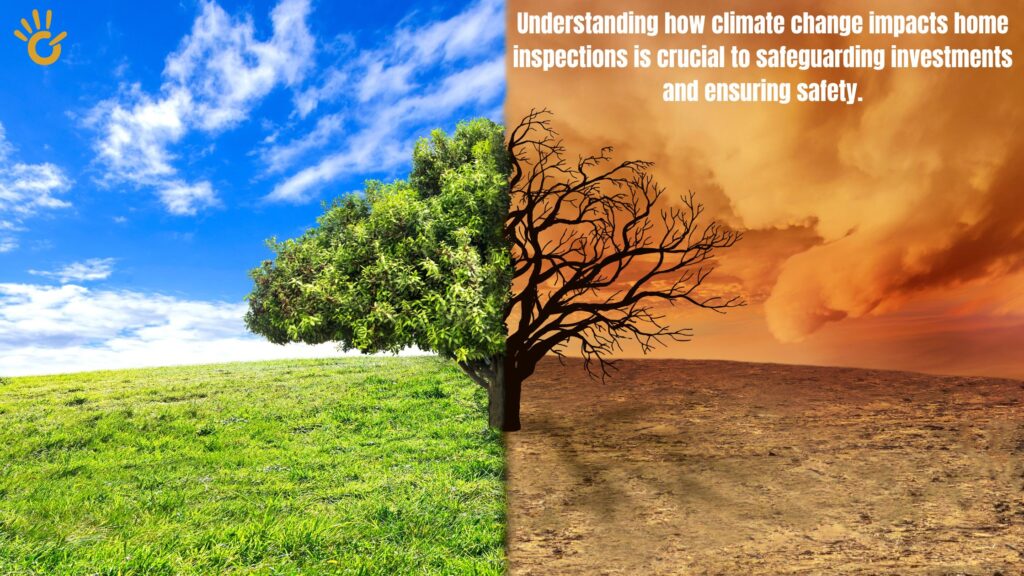I. Introduction
It’s a scorching summer day, and your AC suddenly stops working. The culprit? A malfunctioning thermostat. A broken AC thermostat can disrupt your comfort and lead to higher energy bills. This comprehensive guide will walk you through common AC thermostat problems, provide step-by-step troubleshooting tips, and help you decide when to call a professional for expert for AC thermostat repair.. By the end of this article, you’ll be equipped to tackle those thermostat woes and keep your home cool and comfortable all summer long.
II. Understanding AC Thermostat Problems
Why is My AC Thermostat Not Working?
Your AC thermostat is the control center for your entire HVAC system. It monitors the temperature in your home and signals your AC unit to turn on or off to maintain the desired temperature. When your thermostat isn’t working correctly, your entire AC system can be thrown off.
Here are some common reasons why your AC thermostat may be malfunctioning:
● Dead Batteries: Many thermostats run on batteries, and when they die, your thermostat can stop working altogether.
● Tripped Circuit Breaker: Your thermostat is connected to your home’s electrical system, and if the circuit breaker trips, it can cut off power to your thermostat.
● Furnace Switch Off: Like the circuit breaker, your furnace has a dedicated switch that controls power to the system. If it’s off, the thermostat won’t work.
● Incorrect Programming: Modern thermostats have a variety of programming options, and if they’re not set correctly, it can lead to issues with your AC system. For example, if your thermostat is programmed for a heat pump system but you have a furnace, your system may not function properly.
● Wiring Issues: Loose, disconnected, or damaged wires can prevent your thermostat from communicating with your HVAC system.
● Faulty Thermostat Control Board: The control board is the brain of your thermostat, and if it malfunctions, your thermostat won’t be able to send signals to your AC unit.
● Blown Fuse: Similar to a tripped circuit breaker, a blown fuse can interrupt the electrical flow to your thermostat.
● Problems with the AC or Furnace Unit: Sometimes the problem isn’t with the thermostat itself, but with the AC or furnace unit. A malfunctioning blower motor, refrigerant leak, or leaky ductwork can all cause your AC to work improperly, which can affect your thermostat’s performance.
● Poor Airflow: Restricted airflow can also cause problems with your thermostat. If air can’t circulate properly, your AC system will have to work harder to maintain the desired temperature, which can strain the system and cause the thermostat to malfunction. Dirty air filters, blocked vents, and clogged ducts are common culprits of poor airflow.
Signs You Need AC Thermostat Repair
● Inaccurate Temperature Readings: The most obvious sign is when the temperature displayed on the thermostat doesn’t match the actual room temperature.
● Unresponsive Thermostat: If you try to adjust the temperature and nothing happens, or if buttons are not responding, it could indicate a problem.
● Settings Not Saving: Modern programmable thermostats allow you to set schedules and preferences. If these settings are not saving, or the thermostat keeps reverting to defaults, it’s a sign of trouble.
● AC Constantly Running or Not Running At All: If your AC is running continuously even when the desired temperature is reached, or if it won’t turn on at all, your thermostat could be the culprit.
● Unexplained Increase in Energy Bills: If you notice a sudden spike in your energy bills, and your energy usage hasn’t changed, a malfunctioning thermostat could be causing your AC to work inefficiently.
● Strange Noises from the AC Unit: While some noises are normal, unusual sounds like screeching, banging, or clicking could indicate a problem with the AC unit, which can sometimes be related to the thermostat.
● Water Leaking from the AC Unit: Water leaks can be caused by several issues, including a frozen evaporator coil, which can occur if the thermostat isn’t signaling the AC to cycle properly.
III. Troubleshooting AC Thermostat Issues
How to Fix an AC Thermostat
Disclaimer: Always prioritize safety when working with electrical components. If you are unsure about any step or suspect a complex issue, it is best to call a qualified HVAC technician.
Basic Troubleshooting Steps
How Do I Reset My AC Thermostat?
● Step 1: Check and Replace Batteries. This is the easiest fix. Many thermostat issues can be resolved by simply changing the batteries.
● Step 2: Check and Reset the Circuit Breaker. Locate your electrical panel and find the breaker labeled for your HVAC system. If the breaker is tripped, switch it off and then back on to reset it.
● Step 3: Turn the Furnace Switch On. This switch is often located near the furnace itself or on a nearby wall. Make sure it’s in the on position.
How Do I Program My AC Thermostat?
● Understand the Modes: Most thermostats have modes for “Heat,” “Cool,” “Auto,” and sometimes “Off.” Make sure it’s set to the desired mode.
● Set Temperature Schedules: Programmable thermostats allow you to set different temperatures for different times of day, helping you save energy. Consult your thermostat’s manual to learn how to program schedules.
● Adjust Settings for Heat Pump vs. Furnace: Make sure your thermostat is programmed correctly for the type of heating and cooling system you have. Using the wrong settings can lead to inefficient operation and potential damage to your system.
How Do I Improve Airflow to My AC Unit?
● Step 1: Check and Clean or Replace Air Filters. Dirty air filters restrict airflow. Check your filters monthly, and clean or replace them as needed.
● Step 2: Ensure Vents Are Open and Unobstructed. Make sure all the air vents in your home are open and not blocked by furniture or other objects.
● Step 3: Consider Professional Duct Cleaning. If you suspect your ducts are clogged, have them professionally cleaned to improve airflow.

IV. When to Call a Professional AC Technician
While some thermostat issues can be resolved with simple DIY fixes, there are situations where it’s best to call a professional AC technician:
● Complex Electrical Issues: If you suspect a problem with the wiring or the thermostat control board, it’s best to leave it to a professional.
● Suspected Refrigerant Leaks: Refrigerant is a hazardous chemical, and leaks should only be handled by licensed technicians.
● Frozen Evaporator Coil: This indicates a more serious problem that requires professional diagnosis and repair.
● Persistent Problems After Basic Troubleshooting: If you’ve tried the basic troubleshooting steps and your thermostat is still not working properly, it’s time to call in the experts.
Benefits of Hiring a Professional:
● Safety: HVAC technicians are trained to work with electrical components and refrigerants safely.
● Expertise and Accurate Diagnosis: They have the knowledge and experience to diagnose and fix the problem correctly.
● Proper Tools and Equipment: Professionals have access to specialized tools and equipment that may be needed for repairs.
● Warranty on Repairs: Reputable HVAC companies often provide warranties on their work.
● Prevention of Further Damage: Attempting to fix a complex problem yourself could lead to further damage and more costly repairs.
V. AC Thermostat Maintenance Tips
How to Keep Your AC Thermostat Working Properly
● Regularly Clean or Replace Air Filters: A clean air filter ensures proper airflow and prevents your AC system from overworking.
● Schedule Annual HVAC System Maintenance: A professional tune-up can help identify and address potential problems before they become major issues.
● Keep Vents and Registers Unobstructed: Make sure furniture and other items are not blocking airflow to and from vents.
● Monitor Thermostat for Any Unusual Behavior: Pay attention to any strange noises, inconsistent temperatures, or other signs of a problem.
● Consider Upgrading to a Smart Thermostat: Smart thermostats offer advanced features like remote control, learning capabilities, and energy-saving settings.
VI. Conclusion
Your AC thermostat plays a crucial role in keeping your home comfortable and energy-efficient. By understanding common problems, practicing basic troubleshooting, and knowing when to call a professional, you can ensure your thermostat functions properly and your AC system runs smoothly. Regular maintenance and timely repairs will keep your home cool and comfortable for years to come.



